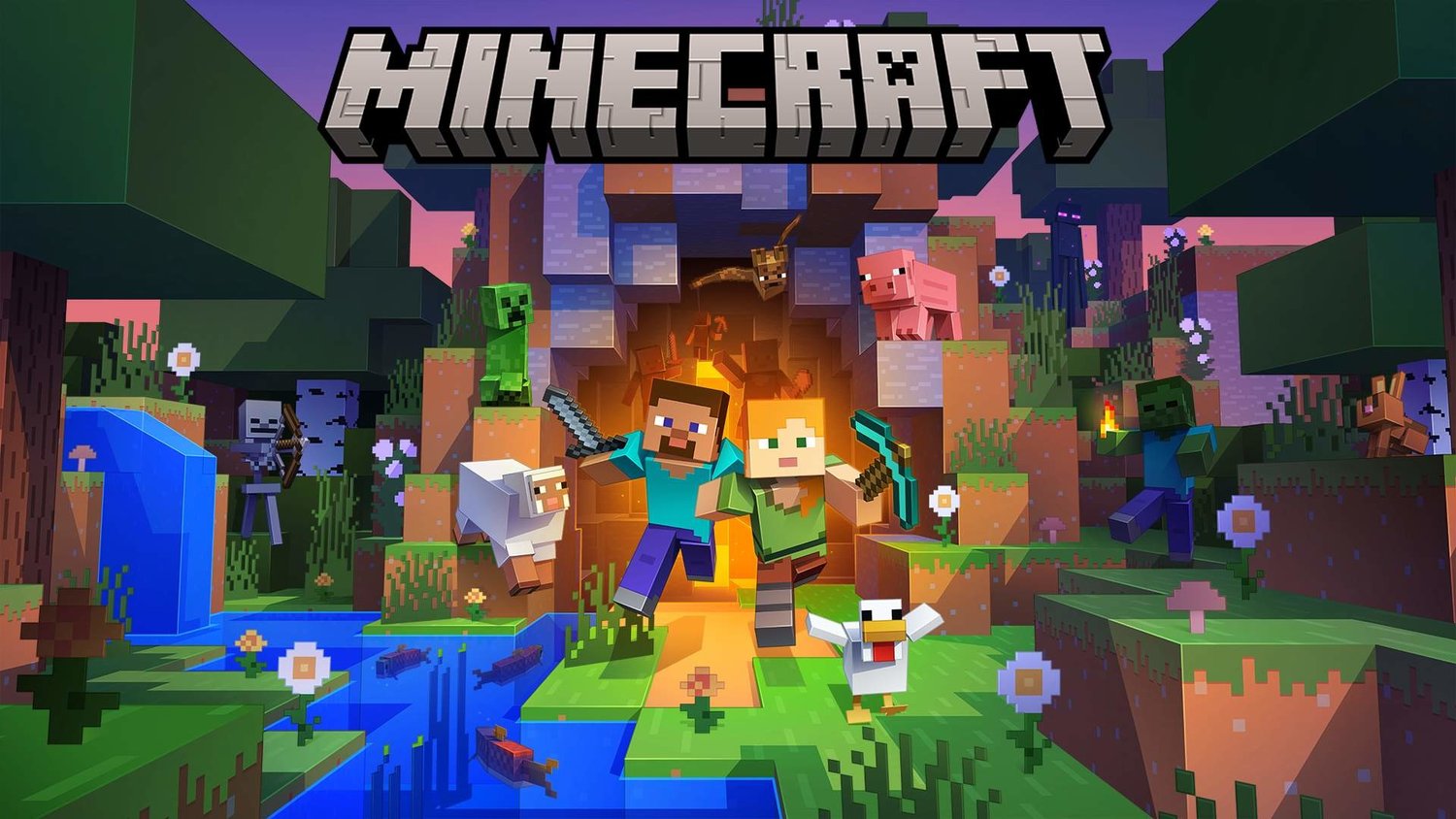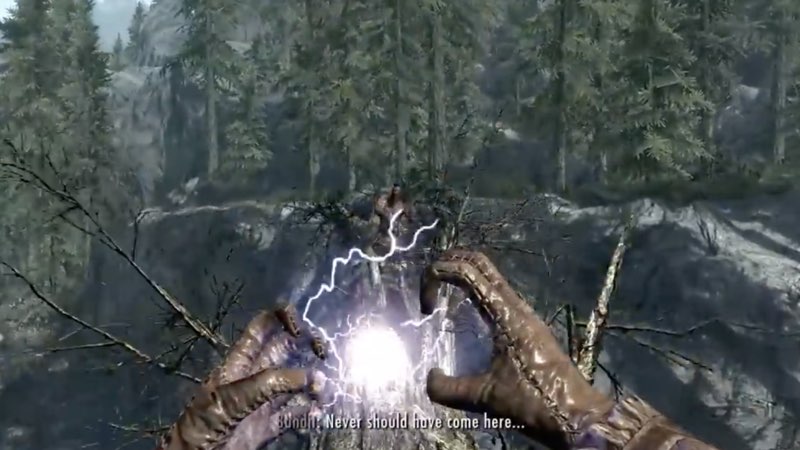- Signposted
- Posts
- Signposted #5
Signposted #5
Featuring 3 Crafting Systems & the Best of Game Design
Currently playing: Pikmin 4
Hey Designer,
Welcome, live from Japan, to issue #5 of Signposted!
In this issue we’ll be discussing three crafting systems and what to consider when choosing your crafting system.
In the best of series we’re learning about “Barks” from the narrative director on Assassin’s Creed Mirage. Then we’ll be looking at the design behind Immortality and how their systems allow for player exploration of the story. Finally we’ll be finishing off with an excellent new podcast all about audio design.
Last but not least, the results of last week’s community poll are in, it looks like our community believes Unity will be fine after some initial pain. I tend to agree.
Without further adieu, let’s get started!
Bi-Weekly Analysis
A Tale of 3 Crafting Systems
By Scott Fine
I’ve spent way more time than is healthy breaking down and building crafting systems. Today we’ll discuss the three types which I hear getting referenced most frequently. We’ll break down how each works, as well as some of the pros and cons of each.
As per usual after the link to the full article is a quick breakdown of the most important points.
Quick Takeaway:
We’re looking at three crafting systems
Checklist Crafting (Like Diablo 4)
Flexible-Crafting (Like Zelda: TotK)
Strict-Crafting (Like Minecraft)
Summary of how each work
Checklist Crafting
Player unlocks the ability to craft.
Player receives a crafting recipe(s).
In Diablo 4, this is done by players hitting a specific level.
The recipe tells the player what resources are needed to get X item.
The player goes out and gets the resources.
They come back and press craft.
The item is received.
Flexible Crafting
The player discovers a resource.
The player checks the description to learn about it.
The player mixes and matches appropriate resources together to get the desired effect.
The player tosses the resources into a cooking pot.
After a short animation, the crafting is complete and the player receives the item.
Additional Notes regarding LoZ:TotK’s version of the system:
The player can only combine up to five items.
Doubling up on items with the same effect makes the end result stronger, but attempting to combine effects results in a weaker, single to possibly no effect result this game.
No “recipes”, though some NPCs will suggest certain combinations when interacted with.
Player needs to experiment to find the best combinations.
Elixirs/Meals are different but crafted the same way by tossing ingredients into a cooking pot.
If the player mixes incompatible parts, namely ingredients stated to be for elixirs with those for food, the end result will always be dubious food, a weak healing item.
Strict-Crafting
Player discovers resources.
Player unlocks recipes that require said resources once they have picked up all related items at least once.
Player places resources on the grid, or clicks on the recipe icon for the wanted item so the game will populate the grid automatically, and then clicks on the combined item to finish crafting it.
Additional notes:
Players must gather a variety of items to unlock recipes, and have the correct amount of the resource to craft.
If they place resources in a non-existent arrangement, nothing is crafted and the resources are not consumed.
Some complex items can be reduced back into their original components, but most cannot.
Pros and Cons of Each
Checklist Crafting
Primary function to gate progression
Pros:
Crafting recipes can be an exciting piece of loot.
Very easy to understand.
Easier to gate progression and trickle out rewards.
It allows the player to get back to the core gameplay faster.
Can have a high number of ingredients, and is well suited for grind-focused systems.
Cons:
Can agitate players if the resource drops are poorly balanced, preventing them from obtaining the item for much longer than intended.
Players may ignore the item entirely if the resources are deemed too difficult to obtain.
Flexible-Crafting
The primary purpose of this system is to make crafting accessible, but still have enough depth to let the player feel smart.
Pros:
Just enough guidance allows for experimentation.
Makes the player feel smart as it rewards them for considering resource descriptions.
Tends to have lower resource costs for the final items, limiting time spent gathering supplies.
Minimal menus to click through.
Every new resource unlocks new crafting possibilities.
Cons:
Every attempt consumes the used resources regardless of the level of success.
Not every attempt will result in what the player wanted, leading to possible frustration.
Items tend to be more generic to allow for flexibility.
Strict-Crafting
The primary purpose is to give an authentic crafting feel.
Pros:
Placing items in the rough shape of the desired item feels intuitive.
Crafting requirements are pretty low (max nine resources per complex item).
Exciting to discover new craftables through collecting more resources.
There is incredible depth and variety of crafting recipes.
Cons:
Without some form of recipe list, such as the one Minecraft now includes, players may struggle to discover what items and layouts make what.
This can force them to leave the game to look for guides, which in turn might break their interest long enough to stop playing.
Which is best?
None is better than the others.
Each work uniquely well in their respective games.
Each would not work well in one of the other mentioned games.
The Best of Game Design
Disclaimer: All of the following articles, podcasts, and videos are not written, made, or owned by me. I am only curating, commenting on, and highlighting the best game design work I can find from mostly recent posts.
The Best of Written
🏆 Issue #5 Scott’s Pick 🏆 - How a Character Says Hello: Writing “Barks” for Video games
By Sarah Beaulieu
Sarah Beaulieu is the Narrative Director on Assassin’s Creed Mirage. In this article she discusses writing “Barks” or lines delivered in very specific situations, like when fighting an enemy and they say “ Come get some!”. I didn’t know these voice interactions had a term until fairly recently. I found this article particularly interesting because I feel like it’s not a part of narrative design which is frequently discussed.
When Should You Abandon Your Objective
By JB Oger
Oger outlines one of the most difficult decisions in games: when to kill your babies. By reading this, you’ll be able to more easily identify when it’s time to do exactly that.
Issue #5 Community Question
The Best of Video
How Games Represent Work
By Superdude
In this fun video, Superdude looks into games where the player is doing a job and why this is enjoyable, where as doing a similar job in real life…. is not. Aside from shining a light on some very good games, he breaks them down into a few different types and discusses their differences. Give it a watch if you’ve ever been interested in these types of games or what goes into them.
The Design Behind Immortality’s Occult Secrets
By Gamespot
In this video Sam Barlow, the director of Immortality, discusses how the game's systems support telling a terrifying story. He walked through the team's process of developing their unique mechanics and dives a little deeper into how they use them. I find how they tell their story using a simple cutting mechanic to be fascinating.
Note: If you have a blog, podcast, or video channel you would like to be considered for the Bi-Weekly Best of Series, please send me a link and I’ll add it to the feed.
The Best of Audio
Audio XP - Indie Games, AAA Studios and Funimation with Nate Madsen
By Cole Harmon
Audio XP is an excellent new podcast which covers sound design. In this episode Cole interviews Nate Madsen, a successful sound designer with a resume ranging from Dragonball to Disney. I love the first thirty minutes in particular where Cole and Nathan both create a sound, then break down exactly how they made it. It’s eye opening to hear the pieces and the process that goes into sound design.
And that’s it for Signposted #5. Thanks for reading!
Scott
If you find a typo in the newsletter, please reply to shame me into improving my editing skills.



